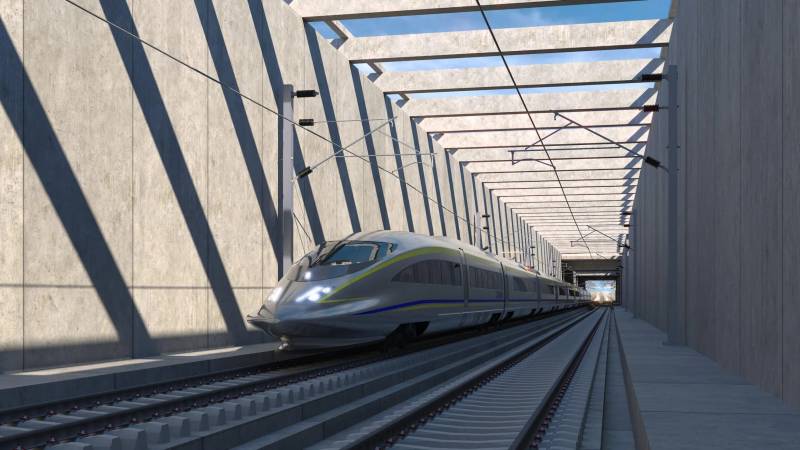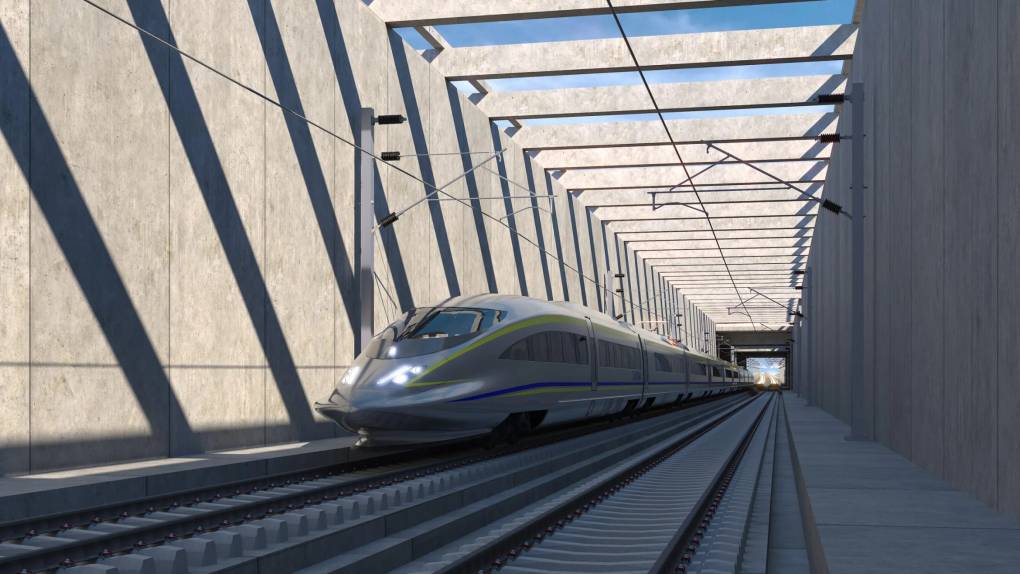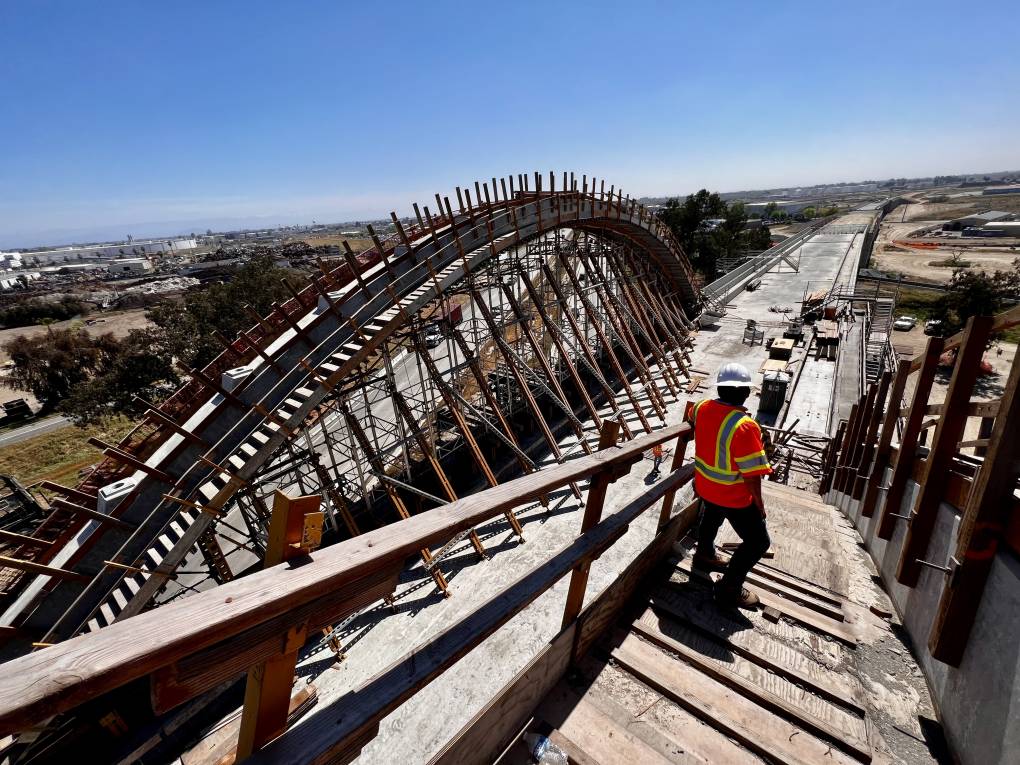In 2012, the Legislative Analyst’s Office recommended against an appropriation to start construction, arguing that the California High-Speed Rail Authority wasn’t prepared. Then-Gov. Jerry Brown lobbied the Legislature for it and won. Now, many agree the LAO was right. The Peer Review Group has long warned that the state needs a secure financing plan. But the project proceeds without one.
Such outside advisers have lacked the resources and the mission to intensively delve into the day-to-day work of the rail project, its army of consultants and its stable of international contractors.
“The IG will bring a level of oversight that we have not had before,” said Helen Kerstein, the lone bullet train expert at the Legislative Analyst’s Office. “This is very powerful.”
The law creating the inspector general lists a wide range of authorities the new office will have: full access to all the project’s records; authority to review contracts and change orders; and the power to issue subpoenas for witnesses and records, among much else.
“It is not some person sitting in a basement,” said Laura Friedman, chair of the Assembly Transportation Committee, who is widely credited with pushing through the inspector general idea. “It is going to be staffed. It is going to be real.”
That would include investigating waste, fraud and abuse, as well as working with law enforcement and prosecutors, she said.
What the position might look like
How big an organization will it require? So far, there is no budget. But the IG would be paid the same as the IG for the California Department of Corrections and Rehabilitation, who makes $192,382 and will have a staff of 212 in the coming fiscal year.
Fred Weiderhold, a West Point civil engineer who served for 20 years as Amtrak’s inspector general, said if he were taking the California job, he would want to start with a staff of at least 50 people: half auditors, 30% investigators and 20% inspectors and evaluators.



